In an important decision affecting securities litigation, the U.S. Court of Appeals for the Ninth Circuit has dismissed claims against Slack Technologies, holding that investors must be able to trace their shares directly to an allegedly misleading registration statement to maintain a lawsuit under Sections 11 and 12(a)(2) of the Securities Act of 1933.
The February 10, 2025 decision in Pirani v. Slack Technologies, Inc. comes after the Ninth Circuit's previous ruling was vacated by the U.S. Supreme Court in 2023. While the Ninth Circuit had initially affirmed the district court's denial of Slack's motion to dismiss, the Supreme Court held that Section 11 requires plaintiffs to show their securities are traceable to the particular registration statement alleged to be misleading. On remand, the Ninth Circuit reversed its earlier position and instructed the district court to dismiss the complaint in full.
Case Background
Slack Technologies went public in June 2019 through a direct listing, a process that differs from traditional IPOs in that the company simply lists already-issued shares rather than issuing new ones. On the first day of trading, both registered shares (118 million) and unregistered shares (165 million) became available simultaneously on the New York Stock Exchange.
When Slack Technologies' shares subsequently lost more than a third of their value following service disruptions and disappointing financial results, investor Fiyyaz Pirani filed a class action lawsuit, alleging the company's registration statement contained material misstatements and omissions.
The Traceability Requirement
The critical issue in the case was whether Pirani could establish that the shares he purchased were "traceable" to the registration statement containing the alleged misrepresentations. Unlike traditional IPOs where investors can typically trace purchased shares to a specific registration statement during the lock-up period, direct listings make this virtually impossible since registered and unregistered shares trade simultaneously after the direct listing becomes effective.
Pirani had previously conceded that he could not trace his shares to the registration statement, but later attempted to establish traceability through statistical probability, arguing that given the proportion of registered shares available (approximately 42%), it was statistically likely that at least some of his 30,000 shares were registered.
Court's Analysis
The Ninth Circuit rejected Pirani's statistical approach, finding it both:
Barred by his earlier concessions that he "did not and cannot allege that he purchased shares registered under and traceable to Slack's Registration Statement"
Fundamentally flawed as a legal theory, as it conflicts with precedent requiring investors to "trace the chain of title for their shares back to the" allegedly misleading registration statement.
The court also determined that Section 12(a)(2) of the Securities Act imposes the same traceability requirement as Section 11, citing the Supreme Court's decision in Gustafson v. Alloyd Co. (1995), which established that liability under Section 12(a)(2) applies only to securities sold in public offerings under a registration statement.
Key Implications
By requiring direct traceability between purchased shares and the registration statement, the ruling effectively makes it more difficult for investors to bring Section 11 and 12(a)(2) claims in the context of direct listings, where registered and unregistered shares are commingled from day one. Companies may now view direct listings as offering certain liability advantages compared to traditional IPOs, while investors will face additional hurdles in establishing standing to sue for disclosure deficiencies.
For more information regarding Alto Litigation’s litigation practice, please contact one of Alto Litigation’s partners: Bahram Seyedin-Noor, Bryan Ketroser, or Joshua Korr.
****
Disclaimer: Materials on this website are for informational purposes only and do not constitute legal advice. Transmission of materials and information on this website is not intended to create, and their receipt does not constitute, an attorney-client relationship. Although you may send us email or call us, we cannot represent you until we have determined that doing so will not create a conflict of interests. Accordingly, if you choose to communicate with us in connection with a matter in which we do not already represent you, you should not send us confidential or sensitive information, because such communication will not be treated as privileged or confidential. We can only serve as your attorney if both you and we agree, in writing, that we will do so.
The materials on this website are not intended to constitute advertising or solicitation. However, portions of this website may be considered attorney advertising in some states.
Unless otherwise specified, the attorneys listed on this website are admitted to practice in the State of California.

